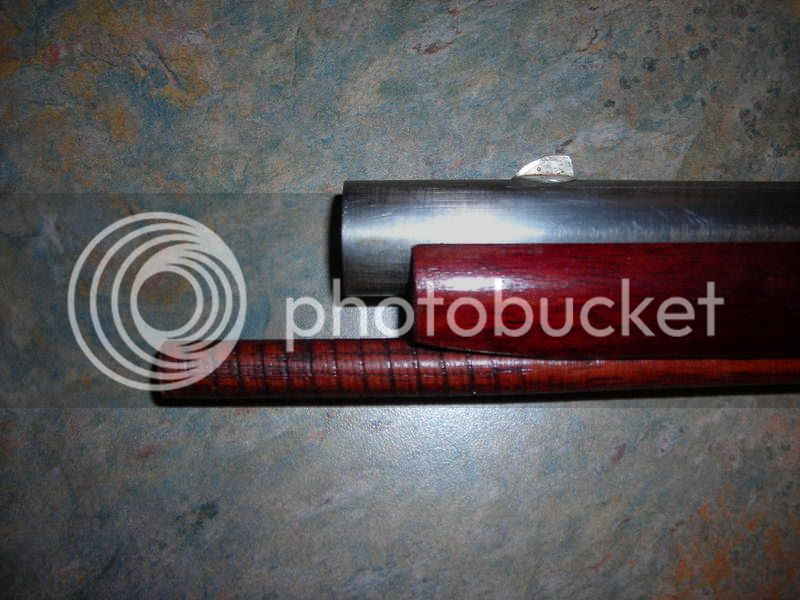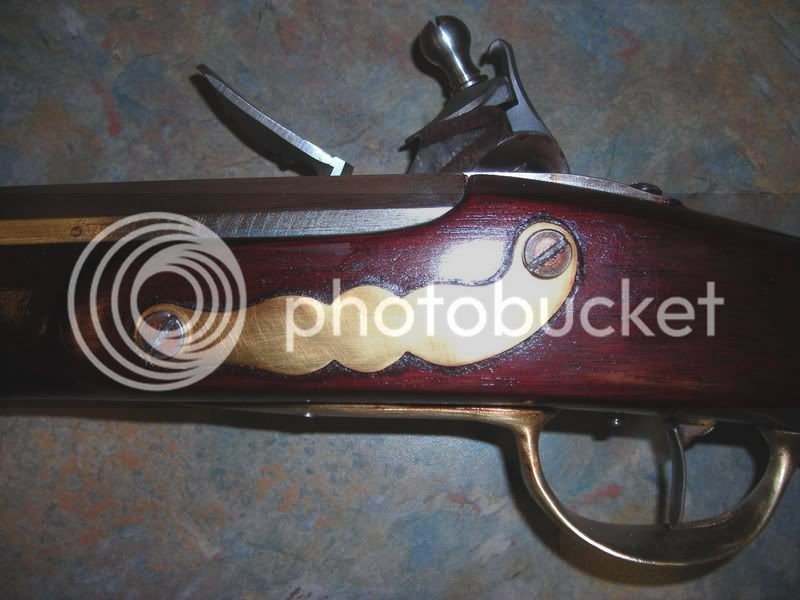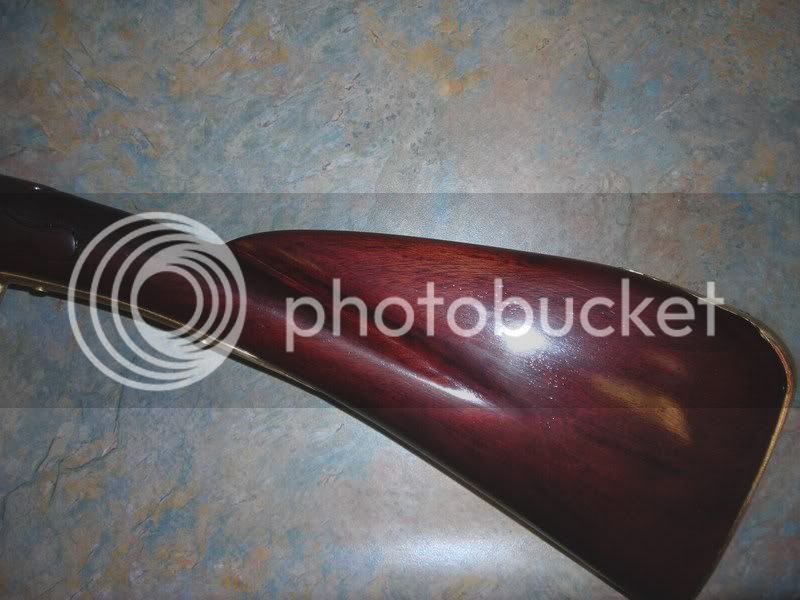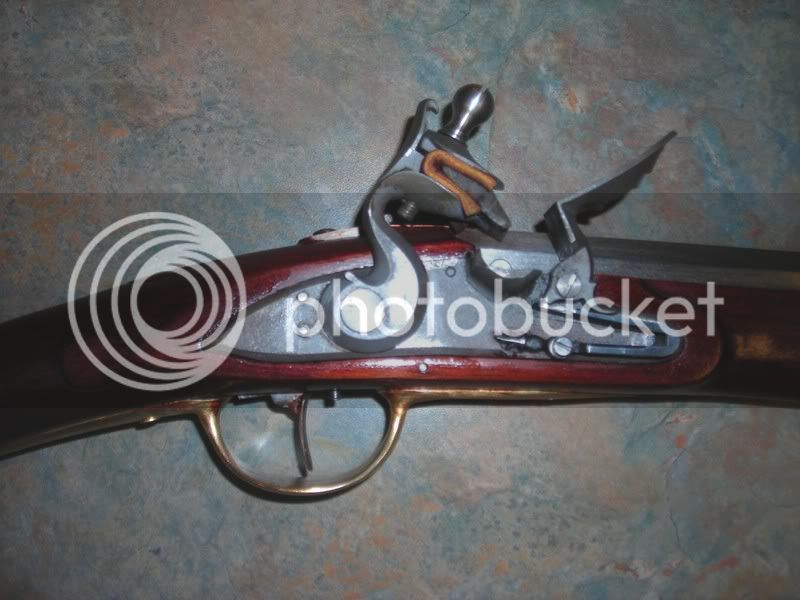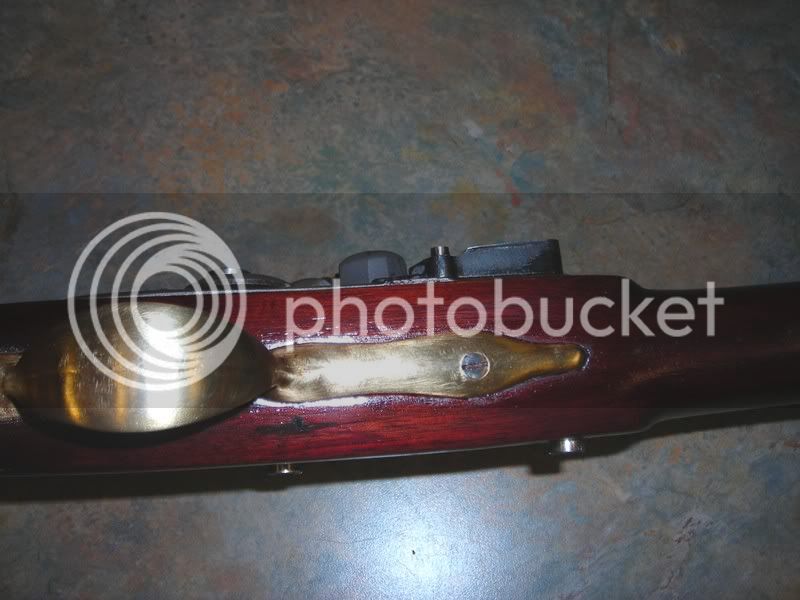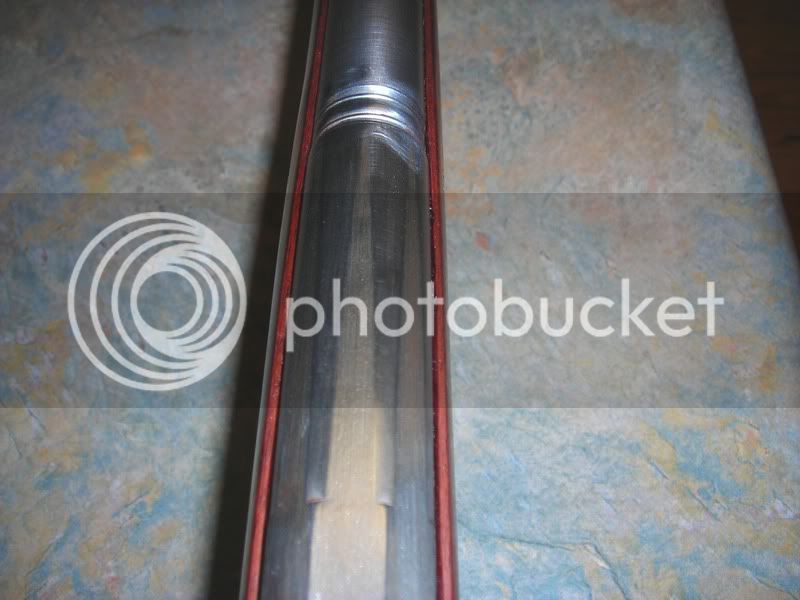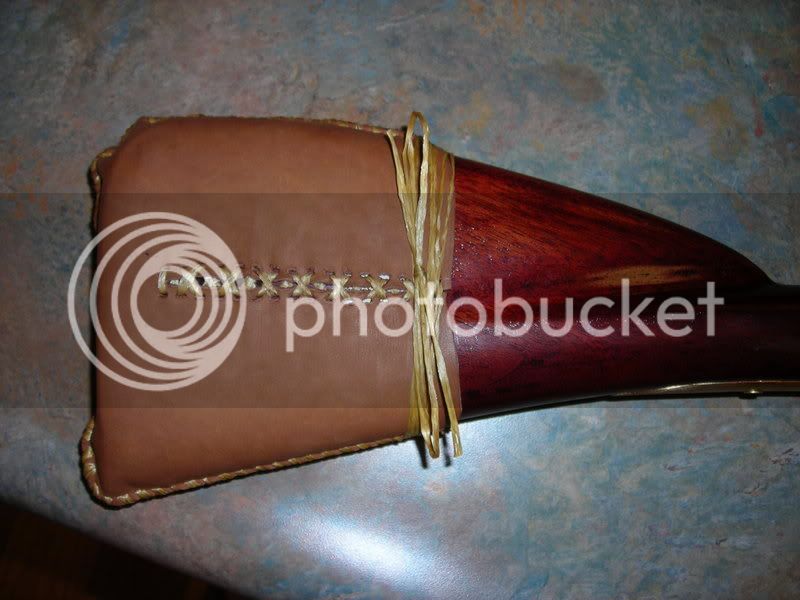Mowrey50 said:
BARREL & FORESTOCK: Not being sure which Tuelle or era you were attempting to re-create, most I see have the forestock end before the barrel and have a trimming of the stock near the muzzle too. I could post some pictures if you need references.
Since this kit comes from Track of the Wolf, it is sold as a Tulle Fusil de Chasse, which implies the smaller calibered, thus lighter weight arm than the military versions. They offer a "C" and a "D" version, with "Fin" options. From what I've read, a de Chasse stock ends at the muzzle, or pretty durn close to it. Heck yeah! Posting pix would be great, and it would be extremely useful to know the bore sizes as well.
Mark[/quote]
Mark, you are correct in that these guns were originally built with the stock coming out to the muzzle.There are two factors to consider: first,at least 50-60% of original Fusils de chasse {hunting muskets} have been restocked during their period of use and I may be conservative here; second, many stocks were shortened at the muzzle to allow easier pulling of the rammer.
You mentioned the so called Type C and D guns sold by TOW. These are simply Fusils fin de chasse guns and Track offers their kits with an R E Davis Jaeger lock which is incorrect.The kit can be bought without a mortice cut for a lock and either a R E Davis Tulle lock or a L&R lock will work.The only kit I can really recommend for a Fusil fin de chasse is the R E Davis fine fusil kit {not the Type D kit} with the 48" barrel with a sighting rib by Ed Rayl.
There appears to be two distinctly different butt configurations on these guns. Virtually all the Fusils de chasse have the Pied de vache or sheep's foot pattern such as yours.The Fusils fin de chasse seem to have a straighter butt with less drop.I am beginning to believe that many if not most of the Fusils fin de chasse were actually made in Liege and transhipped to the French for distribution in Canada and Louisiana.There are two of these brass mounted staight butted Fusils fin de chasse extant which came out of New England but which are definitely Liegeoise guns.I also think that the iron mounted Fusils de chasse were sent primarily to Canada with brass mounted guns going to Louisiana due to the climate.I think there were a few brass mounted Fusils de chasse with pied de vache butt configuration in Canada but they were quite rare.
The gun you are building looks much better now and if it were mine I would let the metal {barrel and lock} age naturally. I did that on a Gilgun English fowler after about a year of reenacting and it really looks great now. I still don't understand the double ringed barrel on a French Fusil de chasse,I don't recall any mention of such a barrel on a French trade level gun although a Bourgeois gun might have such a barrel.You should have a lot of fun with that gun.
Tom Patton




